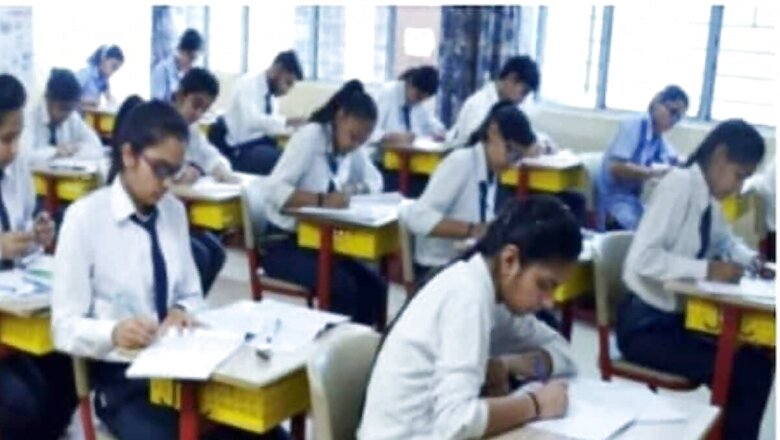
views
PARAKH, a constituent unit of the National Council of Educational Research and Training (NCERT), has proposed a ‘Cumulative Credit System’ to assess the performance of students from classes 9 to 12, including their board exams, for holistic progress monitoring. The Council is set to meet state boards of education next week for deliberations on the same, upon which each board will prepare their own roadmap to implement the system of assessment for these senior classes, News18 has learnt.
PARAKH, a national assessment centre, has developed the Holistic Progress Card (HPC) for the four years of secondary school (classes 9, 10 11 and 12), and has recommended its implementation for which it is liaising with 52 recognised school boards including CISCE (erstwhile ICSC) and CBSE.
The proposal has been presented to the Ministry of Education (MoE), which is yet to take a call on the same, it has been learnt.
The HPC, developed in line with the National Education Policy (NEP) 2020, is a comprehensive assessment of students throughout the year. PARAKH has developed the HPCs for different phases of school education, beginning with foundational stages (up to grade 2), preparatory stage (grades 3 to 5) and middle school (classes 6 to 8). While the Council has asked states to implement HPCs for up to middle school earlier this year, the progress card for secondary school was released this June.
The HPC considers feedback from peers, parents, as well as self-assessment of students to track their progress in different domains throughout the year. For senior classes, the progress card also includes parameters such as their plans for future, career choices, vocational skills that they have acquired or plan to pursue. It is a futuristic document, which asks students their thoughts on how they see themselves 10 years from the present and how they could improve society through their achievements in life.
“For implementation of the secondary stage HPC, we will be having regional meetings with members of the state school boards, who were also involved in developing the framework. We will be interacting with the boards to include the class 10 Board exam marks in the cumulative system of assessment. So, there will be credits for activities done in class 9, for example, a research project for which a student has overall put in say 30 hours, they will get one credit for it,” said Prof Indrani Bhaduri, CEO of PARAKH.
Under the cumulative system, state boards are being told to prepare a question bank, which will have rubrics for assessment for transparency. The boards will also devise a blueprint, using which the teachers of classes 9 and 11 will prepare question papers for the year-end examinations from the Question Bank provided, while in classes 10 and 12 there will be board exams. At the end of class 12, students will have credits for various projects and activities, done throughout secondary stage in their holistic progress card. This will also be linked to their APAAR ID (a unique identification number being allotted to students in the school system to store their credentials in a digital format) and Digi locker, which they can use any time in the future.
Prof Bhaduri said, “This will also help the state boards have a semblance of equivalence for assessment. It will have both formative (learner’s concepts being formed) and summative (term-end assessment). Currently, the ratio for external and internal assessment is 80:20, which will change once this system is brought in. This kind of progress tracking will help learners not to stress and will also lessen their curriculum load.”
Through this, she added, PARAKH has suggested the school boards to go for a more demand-based exam system, which means students can take an exam when they are ready for it. If a question bank is available along with the blueprint, the teachers will be able to prepare question papers for the year end examinations in classes 9 and 11 and, thereby, prepare the students for the board examinations.”
Upon deliberations, each of the state boards will prepare a roadmap for implementation of the cumulative system, training of teachers for the same as well as translating the HPCs in their respective medium of instruction will ensue.















Comments
0 comment